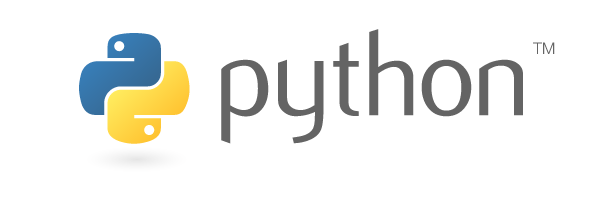gmic-py is the official Python 3 binding for the G'MIC C++ image processing library purely written with Python's C API.
Its Python package name on pypi.org is just gmic.
This project lives under the CeCILL license (similar to GNU Public License).
You can use the gmic Python module for projects related to desktop or server-side graphics software, numpy, video-games, image procesing.
Check out the gmic-py documentation website (readthedocs) for Quickstart, Tutorials, API Reference and gmic-py third-party integrations.
gmic-py's slowly growing community gravitates around:
gmic-blender is a Blender3d add-on bundling gmic-py and allowing you use a new gmic module from there without installing anything more.
First install the G'MIC Python module in your (virtual) environment.
pip install gmicG'MIC is a language processing framework, interpreter and image-processing scripting language.
Here is how to load gmic, and evaluate some G'MIC commands with an interpreter.
import gmic
gmic.run("sp earth blur 4 display") # On Linux a window shall open-up and display a blurred earth
gmic.run("sp rose fx_bokeh 3,8,0,30,8,4,0.3,0.2,210,210,80,160,0.7,30,20,20,1,2,170,130,20,110,0.15,0 output rose_with_bokeh.png") # Save a rose with bokeh effect to fileA full-featured gmic-py Quickstart tutorial is available here.
Tutorials on various topics are available in the documentation.
Full documentation is being written at https://gmic-py.readthedocs.io/.
gmic-py works for Linux and Mac OS x 64bits architecture x Python >= 3.6. Windows support is planned for Q4 2020.
In case your environment is a type of Unix, but compiling from source is needed, note that the pip installer will download gmic-py's source and most possibly compile it very well.
See the CONTRIBUTING.md file and the documentation for tips on building gmic-py for your own OS.
All examples belong in the examples/ folder.
Some of them correspond to tutorials on gmic-py's readthedocs website.
import gmic
gmic.run("sample apples rodilius 10 display") # more at https://gmic.eu/reference/rodilius.htmlgmic-py supports GmicImage input/output with numpy, scikit-image and Pillow (PIL) if any of those are installed.
Example from the Quickstart tutorial
import numpy
from matplotlib import pyplot as plt
import gmic
images = []
gmic.run("sp apples blur_x 30 fx_freaky_bw 90,20,0,0,0,0", images) # horizontal blur+special black&white
numpy_im = images[0].to_numpy_helper(interleave=True,permute="yxzc", squeeze_shape=True, astype=numpy.uint8)
plt.imshow(numpy_im, plt.get_cmap('gray'))
plt.show()Filtering GIF images, ontage'd into an A4 sheet paper.
gmic-py provides G'MIC console output retrieval and images display emulation for IPython/Jupyter/Google Colab environments:
Details on the related Jupyter/IPython/* support documentation page.
If your machine has libopencv installed and you build gmic-py from source (ie. python setup.py build), G'MIC OpenCV commands will be enabled.















